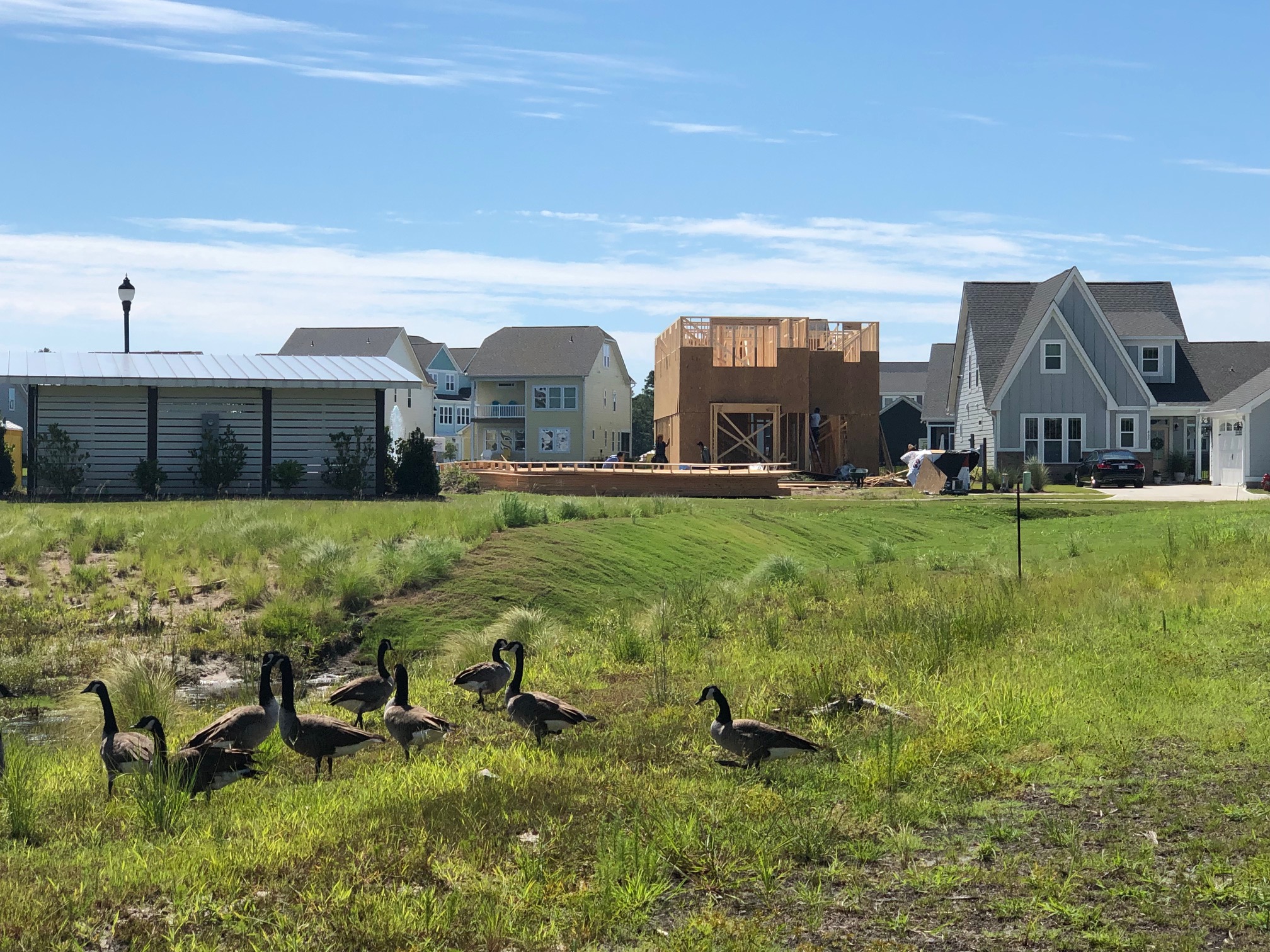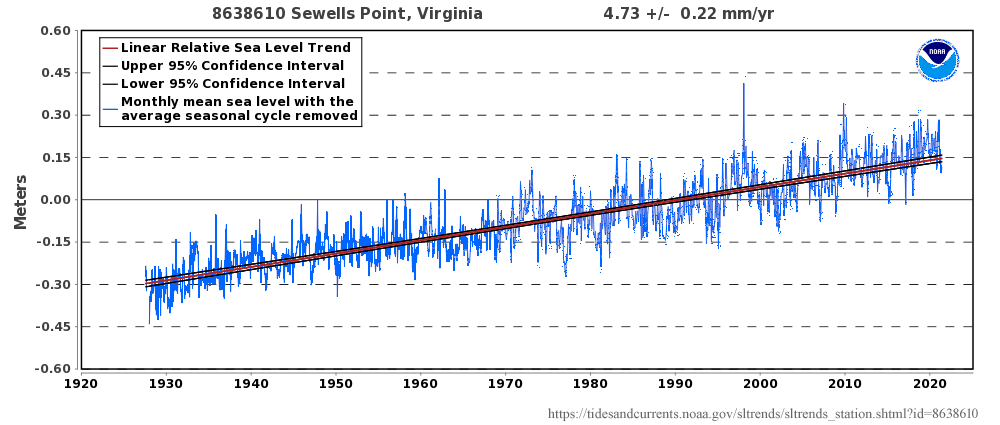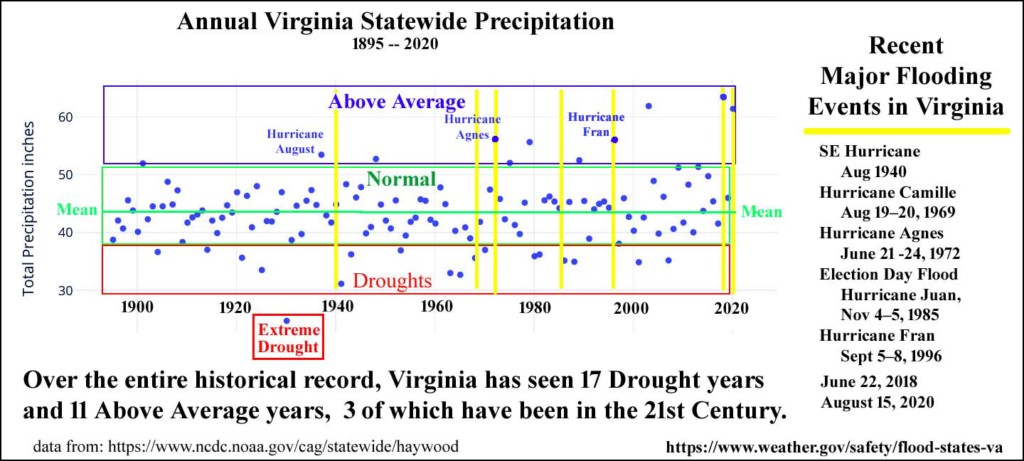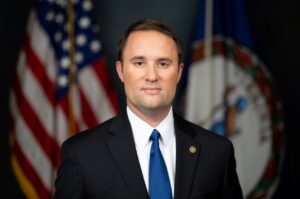
Jason Miyares, Attorney General of Virginia
by Dick Hall-Sizemore
Although the issue of school mask mandates is now behind us, it is instructive to examine the legal arguments advanced by Attorney General Jason Miyares in a court case seeking to overturn the mask mandates instituted by the Loudoun County School Board (“school board”). Not only does Miyares advocate judicial activism and misread statutory law, the breadth of the power he asserts for the governor is breathtaking.
At issue was whether the school board could continue to mandate the wearing of face masks by students despite the provisions of Governor Youngkin’s Executive Order No. Two (EO-2) that students are to have the option of wearing masks in school.
The state circuit courts have divided on this issue. The state Supreme Court dismissed, on technical grounds, a suit by Chesapeake parents challenging EO-2. A group of seven school boards filed suit in Arlington Circuit Court challenging the legality of EO-2. The court there issued a temporary injunction barring the enforcement of the mask-option policy set out in EO-2. The result was just the opposite in Loudoun. The court there issued a temporary injunction barring the mask mandate. Because there are no standards to guide Virginia courts in the issuance of temporary injunctions, it may be difficult to infer from that action how a court would ultimately rule. The order issued by the Loudoun County judge did not provide any specific grounds for granting the request for a temporary injunction other than “the reasons stated in the briefs, pleadings, and on the record at the…hearing.” The Washington Post reported that the judge said that the plaintiffs, consisting of parents and the Commonwealth, were likely to prevail in a trial. He was quoted as saying, “The executive order is a valid exercise of the governor of Virginia.” Continue reading




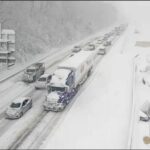
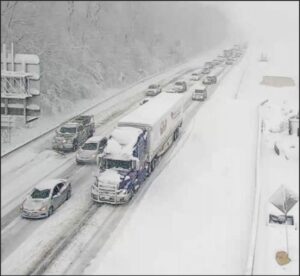
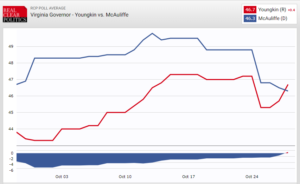
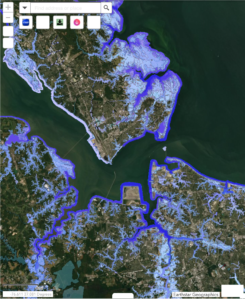
 by James C. Sherlock
by James C. Sherlock